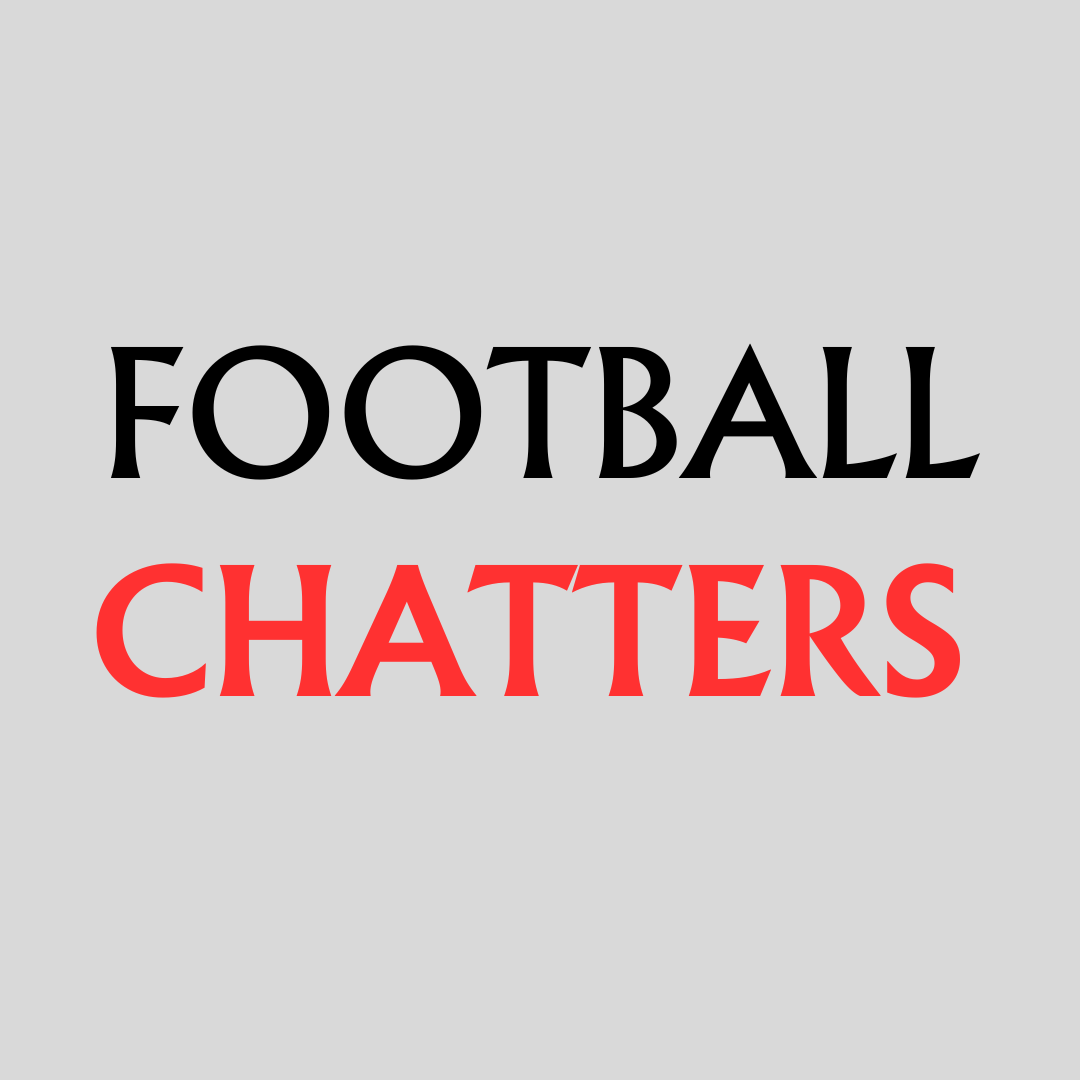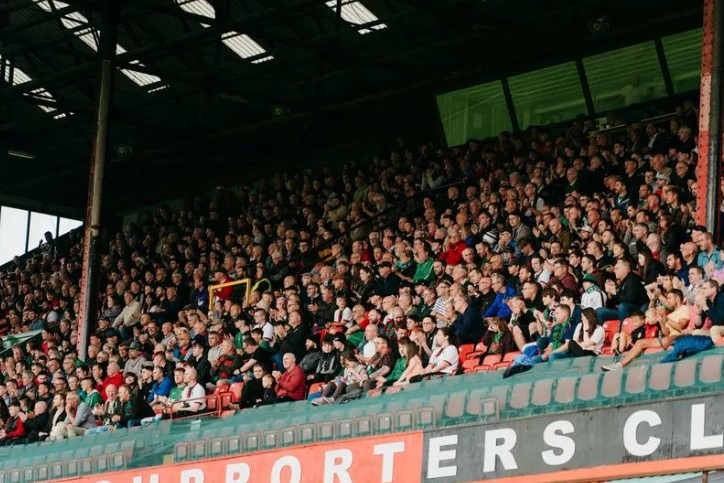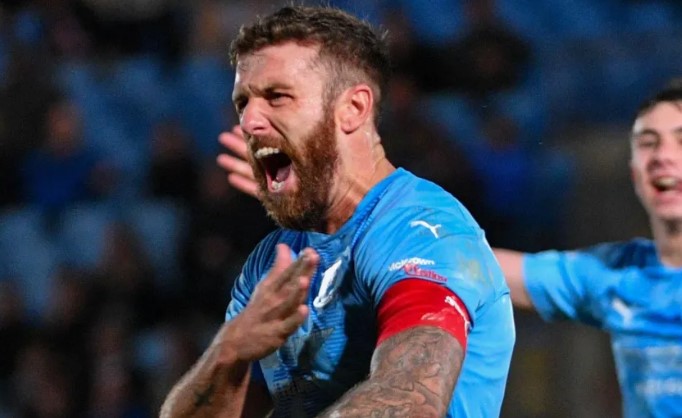Changes to the intermediate football sphere in Northern Ireland have long been touted and, going by the Irish FA’s latest update on the topic, closer than ever to coming to fruition.
From the 2026-27 campaign, a new ‘Conference Layer’ will be in effect as part of a radical shake-up of the intermediate levels of the game.
What does this mean? Well, it means the Premier Intermediate League – the third-tier – will, at least in name, be no more.
The fourth and fifth levels of the pyramid will also be realigned. Currently, the fourth division is made up of the top divisions in the Amateur League, Ballymena and Provincial League and Mid-Ulster League and remains regionalised the whole way down, but as part of this new strategy, two brand new nation-wide tiers will be established to feed into the third division.
As such, while there is no change for the Premiership or Championship and, indeed, the way in which clubs are promoted from the third-flight into the latter, it should theoretically make the step up from the fourth-tier into the third – and from the fifth to the fourth – much more fluid as far as progression in the Irish League system is concerned.
In the IFA’s words, they want to “transform the football pyramid to create a clear pathway for ambitious clubs”, and this is how they’re going to do it.

Right now, for a regional club with ambitions of entering the NIFL ranks, the process to gain promotion into the PIL is application-based and complicated.
Thus, it is often the case that the champion of the NAFL Premier Division, BPIL top-flight or Mid-Ulster Intermediate A doesn’t actually get rewarded with promotion.
The Premier Intermediate’s expansion in 2023 that saw it grow from a 12-team to a 14-team league, sacrificing the five-match post-split schedule clashes in favour of a straight 26-game calendar in which every team plays each other home and away, allowed two teams to rise into the NIFL set-up.
Even then, though, it was a bit of a muddle; a three-way play-off between Rathfriland of the NAFL, the BPIL’s Coagh United and the Mid-Ulster League’s Oxford Sunnyside always meant one would miss out – Lurgan-based Sunnyside were the unlucky ones here – and the bittersweet taste of having not been fully rewarded despite having done the hard grafting to get there would linger.
Relegations are no simpler. That became apparent when long-standing Irish League force PSNI finished bottom of the PIL in 2023, yet they didn’t drop out of the NIFL ranks as was expected.
The Ballymena League, their only viable option, required registered players to submit photos of themselves to combat teams playing ringers – however, safety reasons in the Police outfit’s case put the brakes on that.
They couldn’t join the Mid-Ulster League due to geographical jurisdictions, a drop into the Amateur League would’ve seen them plummet four tiers into Division 1C, while the NI Intermediate League – broken apart that summer and amalgamated into the BPIL, which itself has now been split into two different sections – would’ve been inconvenient for travel reasons.
The result was that the PSNI, based in south Belfast, were spared the drop and remained in the PIL, which they also propped up in 2023/24 with fresh doubts having surfaced again.
With just one team achieving promotion henceforth, potentially through a play-off once more, it doesn’t exactly spell sustainable.
On the face of it, that’s exactly what this new intermediate model should fix.

It should remove the avoidance of doubt and have clear promotion and relegation in place, particularly between levels three and four, and ensure that scenarios such as PSNI’s in 2023 do not happen again.
What is still unclear is how many teams will be in each division, how many will go up or down and whether promotion and relegation play-offs will be maintained as in the PIL and top two tiers, as well as if the NI Football League will continue to oversee the management of this ‘Conference Layer’ or whether the baton is handed over to a regional association.
Regarding the latter point, in the Irish FA’s release, it’s stated that ‘registrations of interest in operating’ this set-up first opened on May 8 and closed on May 15.
The article goes on: “The Irish FA believes the restructure presents an opportunity to ‘reset’ the football pyramid and provide an improved pathway for ambitious clubs to be promoted to the elite levels of the amateur game, with the potential for future progression to the professional game.
“Following a consultation process the association has identified a need to develop consistent league formats and fixture calendars for the top tiers of the amateur game, and to establish a dependable mechanism for promotion and relegation across the highest levels of the men’s amateur and professional game.
“The Irish FA will support the appointed league operator who will confirm the application process for interested clubs and the composition of leagues for commencement in season 2026-27.”

So, who could the candidates be? The NI Football League? The Northern Amateur Football League? County Antrim or Mid-Ulster FAs? Let’s see.
Meanwhile, as far as the future of the NAFL, BPIL and Mid-Ulster League are concerned, they will still exist but instead be bumped down from the fourth level of the pyramid to the sixth.
That means members of those leagues are expected to have the chance to gain promotion into the fifth-tier – the bottom rung of the ‘Conference Layer’ – but, again, the mechanism of how that will work is still to be clarified.
Junior football, mainly the NAFL Division 2A downwards, will remain as such and go from level five in the pyramid to level seven.
Fundamentally, and as is natural to ask when change of this magnitude is revealed, will it be for the better of football in Northern Ireland?
Well, a streamlined promotion and relegation system between the Irish League and regional rungs that doesn’t presently exist is set to be drafted in, and that is perhaps the key positive.
But the regional associations have also come under fire from their own member clubs for inconsistent, cup-heavy campaigns that cause extensive fixture backlogs.
That’s a problem that means amateur footballers are playing as many games a season as a player in a full-time Premiership club in Europe while ending the campaign on a gruelling catch-up note of Tuesday-Thursday-Saturday.
Indeed, that also means the process for achieving promotion into the Irish League is not settled until weeks after the NIFL season has finished. It may be useful for attracting a bumper crowd, yes, but surely in an ideal perfect world, this is aligned to when the promotion and relegation play-offs within the NIFL leagues take place?
And, as we are likely to discover soon, if the ‘Conference Layer’ is to be manned by regional chiefs, will that long-standing issue of the bloated match itinerary be ironed out for the good of the game?
Clubs will surely continue to ask questions, and the Irish FA have laid out that ‘consistent’ league formats would be what they’re looking for which outfits across the intermediate game will hope are enforced.
NIFL’s promotional work to increase the Irish League’s appeal is to be commended, reflected in an increase of crowds across both the Men’s and Women’s Premiership, Championship and PIL throughout the previous 12 months and further back, but this would also be a big assignment for anyone to take on board. How successfully could they embrace such a project?
The IFA say the ‘Conference Layer “will be governed by agreed rules and regulations which will modernise and standardise the approach of all leagues within the performance game”.
It it’s aligned, notable as there are, of course, quirks that can vary from competition to competition, that will heighten the framework’s chances of success – especially if it’s in line with the top level.
With long-desired Government aid in the form of Sub-Regional Stadia still in waiting, and people across all walks of the footballing world increasingly anxious for its release now that the Northern Ireland Executive has been restored, the release of the originally ring-fenced £36.2million could fuel ambitions and be a start to better things on that front, too.
All in all, it’s a change that has the potential to be good. It will be transformational. It’s hoped that it will get clubs and bodies under one roof, and that is needed in the game.
In this strategy, there are certainly signs of encouragement and a chance to bring greater professionalism to the lower levels that is much needed to keep driving up the standards of domestic football across all levels.
Quite how that pans out? Well, there’ll be a big lead-up, and then it’ll all be most apparent in practice in a couple of years’ time.
Featured image from Irish FA Website.










Leave a comment